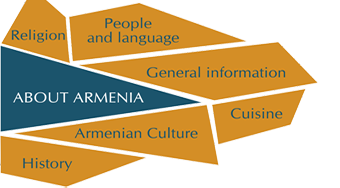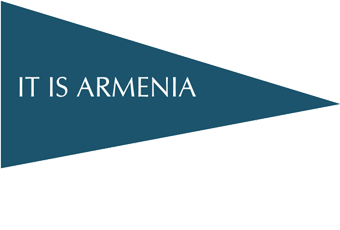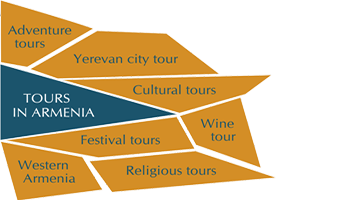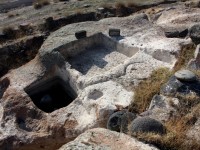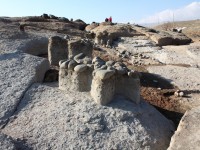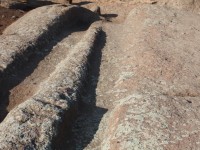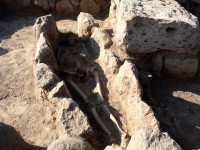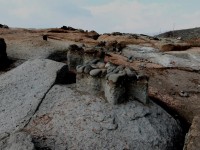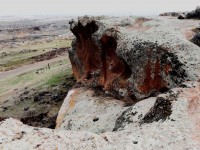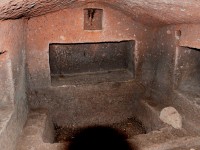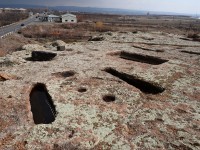Ancient Settlement of Agarak
The ancient settlement of Agarak is located nearby the village Agarak in Aragatsotn Marz (region) of the RA, close to Yerevan – Gyumri (M1) motorway lying on the right and left sides of the road. The average height above sea level of the ancient site is 1088 meters, and the geographic coordinates are 40 ° 17'43 " north latitude and 44 ° 16'41" east longitude. It is a giant Early Bronze Age complex of cave and stone curved structures. Once in Agarak one will come to realize that there are no limits to human imagination. Throughout the ancient area huge masses of tuff-stone have been converted into the rock-hewn structures. Here even the cliffs over the immense surface and the facades of platforms are designed. There are a lot of caves staircases, hewn sepulchers, conformations of varied purposes. There come succeeding streets, houses, ritual, communal structures all here: there is an abundance of horseshoe-shaped round chamfers, connected with one another by brooks, places of scaffolds, and this ancient ritual-worshiped site stretches away in an area of around 200 hectares. At the beginning of the 3rd century BC this area was a huge religious complex composed of rock-hewn sculptures, nearby which units of varied round scooped bowl-shaped, flat wells, labyrinths, altars and other structures were used for ritual ceremonies performed here at the time. All these were intended for ritual donations, sacrifices and other ceremonies. The ancient settlement of Agarak is older than the Egyptian Pyramids and it was inhabited even during the reigning epochs of the Artashesyans and the Ervandunis, as well as it was developed during the late Middle Ages for remains of ritual Christian graveyards are found, which witness that in the Middle ages the area was used as a cemetery. While as an inhabited area Agarak was more developed since the 4th century BC until the 4th century AD. During that period the area inhabited was bustling. Crafts and trade were flourishing.... During the excavations many Hellenistic and Roman periods coins were found, which comes to prove that the transit trade was also developed there at that time. In fact, as a settlement it is quite old, and endurable as well, for here one can meet multilayer cultures. The site has been excavated by the RA Institute of Archeology and Ethnography since 2001.





